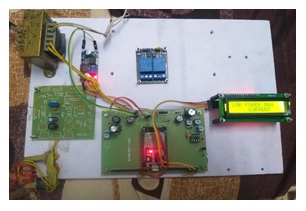Smart Energy Management: A Futuristic Model For Power Monitoring and Control
DOI:
https://doi.org/10.31033/ijemr.13.3.44Keywords:
Power Consumption, Power Allocation, Real-Time Clock Functionality, Scheduling System, Controlled Wattage MechanismAbstract
Power management in different domains such as residential, educational, and commercial areas is the need of the hour as the demand for energy is rising day by day which is reducing the fossil-fuel storage in the earth's crust as most of the percent of power we are using is made up by burning fossil fuels. Therefore power management is very much important. In this study, an integrated two-stage model is proposed to address the challenges associated with power management, namely (i) power usage monitoring, and (ii) power control for energy conservation. The model is designed such that it will provide a comprehensive solution to optimize power usage. The model is created such that in the first stage the model identifies the time frame during which power consumption is at its peak (up-time) and the time frame when power consumption is minimal (low-time) in laboratories. Further, we have to calculate the approximate percentage of power that we need to allow to the laboratory (characterized as allowed power) during low time as a percentage of total input power. Subsequently, this information serves as input for the second stage of the model, which shuts down the power supply in low time, till the allowed power is reached. It allows the full power supply in uptime.
Downloads

Downloads
Published
How to Cite
Issue
Section
License
Copyright (c) 2023 Ankita Bagul, Dr. Nitin Sambre

This work is licensed under a Creative Commons Attribution 4.0 International License.











